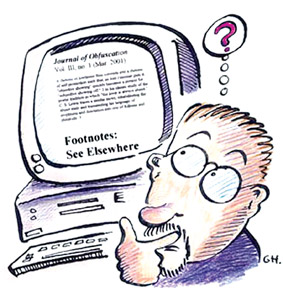Heard your computer beep?
Tharindu Weerasinghe - Computer Engineer
 You
may have wandered, “My computer beeps…what shall I do?” I am talking
about a situation where you have come across a beeping sound; either
continuous or intermittent. These beep sounds may indicate a severe
problem in your computer or it may be nothing at all. However, BEEP is a
good feature provided by various BIOS (Basic Input Output System)
manufacturers. You
may have wandered, “My computer beeps…what shall I do?” I am talking
about a situation where you have come across a beeping sound; either
continuous or intermittent. These beep sounds may indicate a severe
problem in your computer or it may be nothing at all. However, BEEP is a
good feature provided by various BIOS (Basic Input Output System)
manufacturers.
POST ABCs
The computer Power-On Self-Test (POST) tests the computer to make
sure it meets the necessary system requirements and that all hardware is
working properly before starting the remainder of the boot process.
If the computer passes the POST there will be a single beep (with
some computer BIOS manufacturers it may beep twice) as the computer
starts and it will start normally. However, if the computer fails the
POST, there will either be no beep at all or will generate a beep code,
which tells the user the source of the problem.
Steps of a POST
|

“My computer beeps… what shall I do?” |
Each time the computer boots, it must pass the POST. Below is the
common set of steps a POST performs each time the computer starts.
1. Test the power supply to ensure that it is turned on and that it
releases its reset signal.
2. CPU must exit the reset status mode and thereafter be able to
execute instructions.
3. BIOS check sum must be valid, meaning that it must be readable.
4. CMOS check sum must be valid, meaning that it must be readable.
5. CPU must be able to read all forms of memory such as the memory
controller, memory bus, and memory module.
6. The first 64 KB of memory must be operational and have the
capability to be read and written to and from, and capable of containing
the POST code.
7. I/O bus or controller must be accessible.
8. I/O bus must be able to write and read from the video subsystem
and be able to read all video RAM.
If your computer does not pass any of the above tests, then it will
receive an irregular POST.
An irregular POST is a beep code that is different from the standard
one or two beeps.
This could be either NO beeps at all or a combination of DIFFERENT
beeps indicating what is causing the computer not to pass the POST.
Hope you can get an overview of the BEEP codes of provided by BIOS
manufacturers.
And now you should have at least an idea about the BEEP codes, in a
nutshell.
Hereafter if you figure out a beep sound, you try to find the
sequence of the beep and get an idea of the fault that may have
occurred. |



